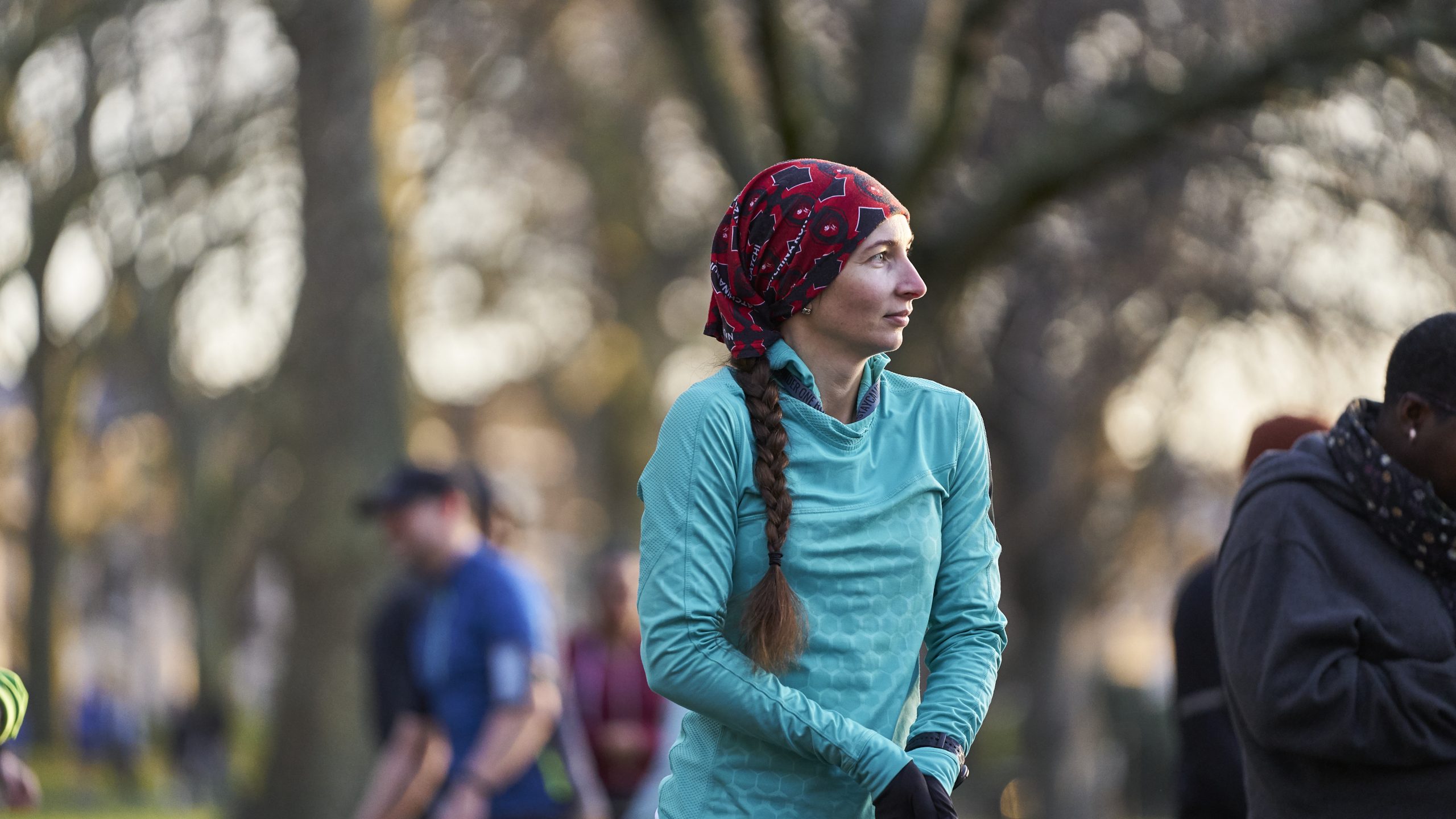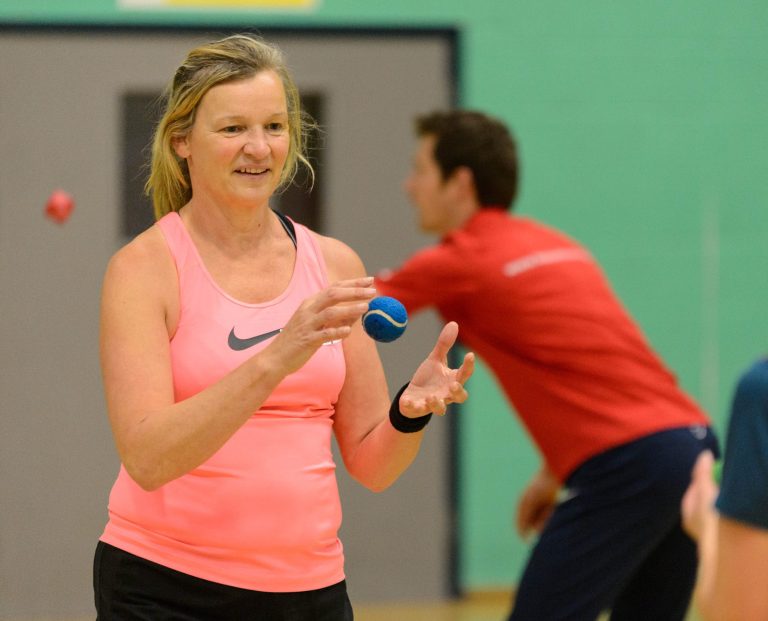Women are less active than men, with 27% of women inactive and a further 15% fairly active but doing less than the recommended amount of physical activity. Men and women of lower socio-economic status (L-SES) are less active, with 32% of those in semi/routine occupations (NS SEC 6-8) and 37% of the long-term unemployed (NS SEC 8) inactive; 14% of both groups are fairly active.
Women of L-SES are the least likely to be sufficiently physically active and thus, are missing out on the benefits of improved physical and mental health as well as a reduced risk of disease. 33% of women from NS SEC groups 6-8 are inactive compared to 17% of women from NS SEC groups 1-2 (higher/lower managerial, administrative and professional occupations). Despite their greater need, women of L-SES are not attaining the personal financial, emotional, social and intellectual gains associated with regular physical activity. Those with an intention to become more physically active are most likely to do so and would benefit from appropriate opportunity and support. Our research therefore focused on women of L-SES with an intention to become physically active.
Using the latest thinking in behaviour change theory, we carried out a small, in-depth qualitative study to;
- Explore the barriers that prevent women of L-SES from moving from intention to action.
- To establish recommendations for physical activity providers of how to influence and support women of L-SES to move along the behaviour change journey from intention to becoming and staying active.
Key findings
Our research found that while women of L-SES face many similar barriers to other women. There are some barriers to being active that are particularly relevant to this group such as life uncertainty, lack of financial independence, familial responsibilities and mental-ill health.
Here we present anonymised case studies of two women’s experiences of attempting to get active from our research.
* We define women of lower socio-economic status as being in NS SEC 6-8. The National Statistics Socio-Economic Classification (NS SEC) is based on occupation. Group 6 includes semi-routine occupations, 7 is routine occupations and 8 is never worked or long-term unemployed.


